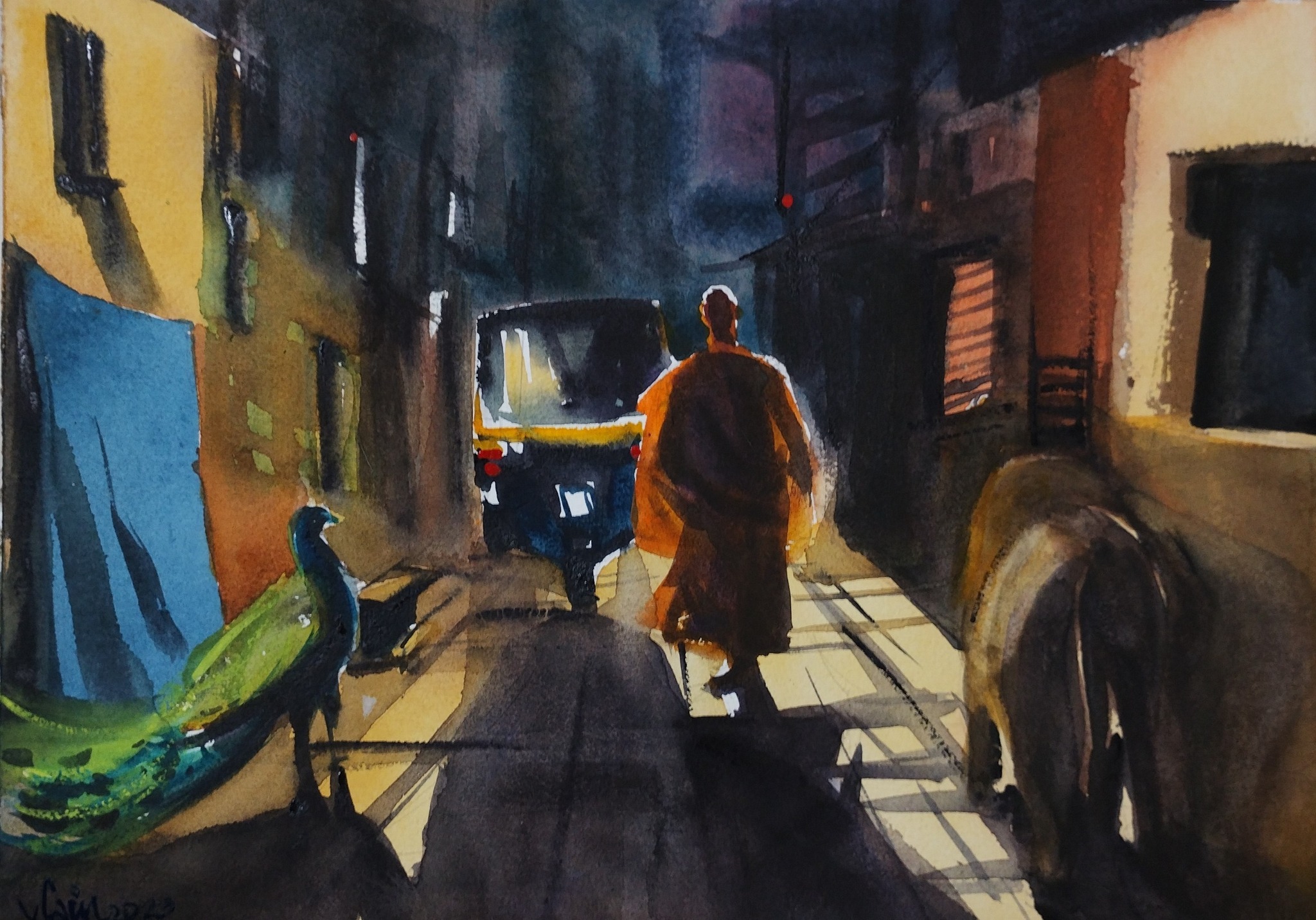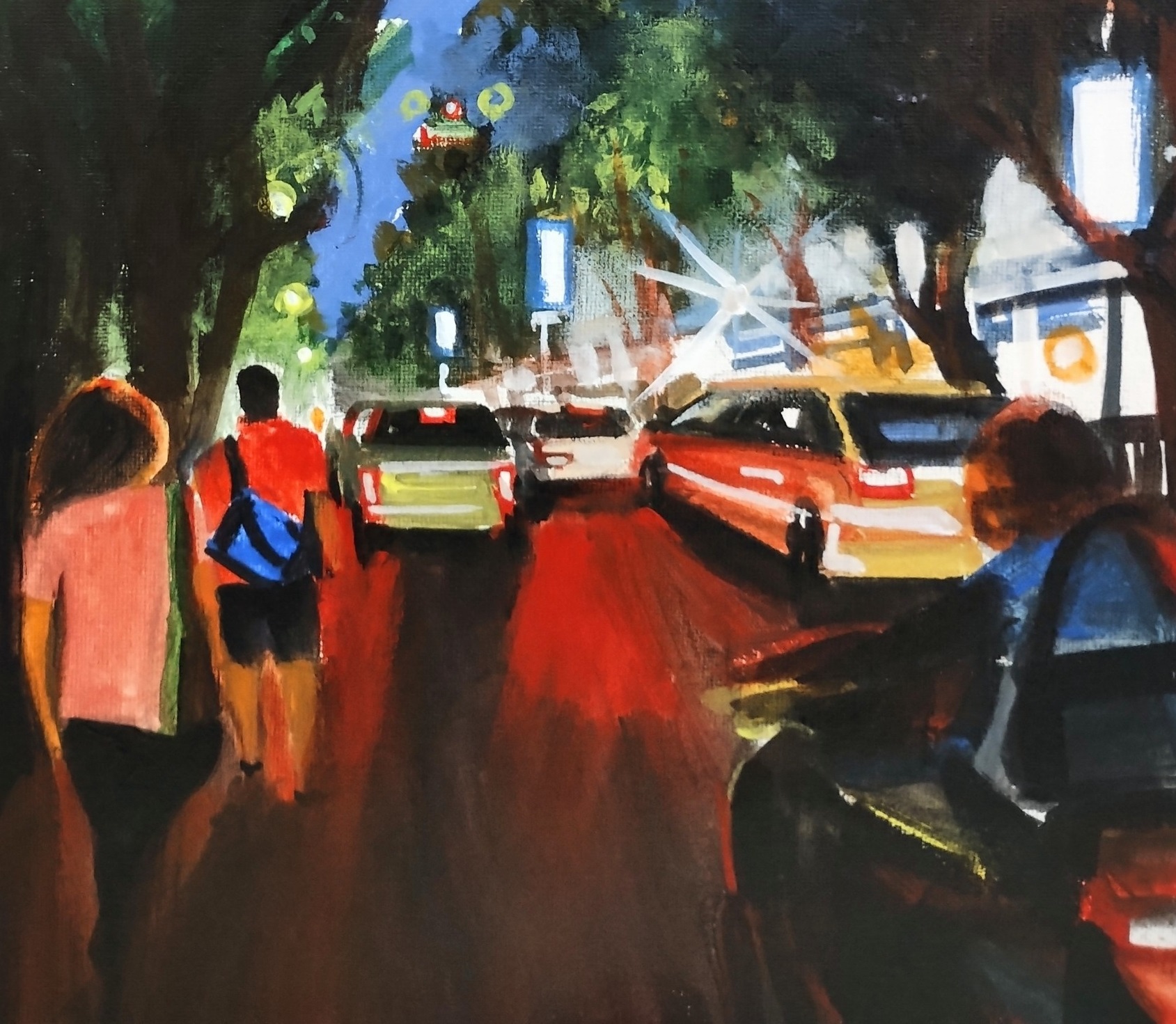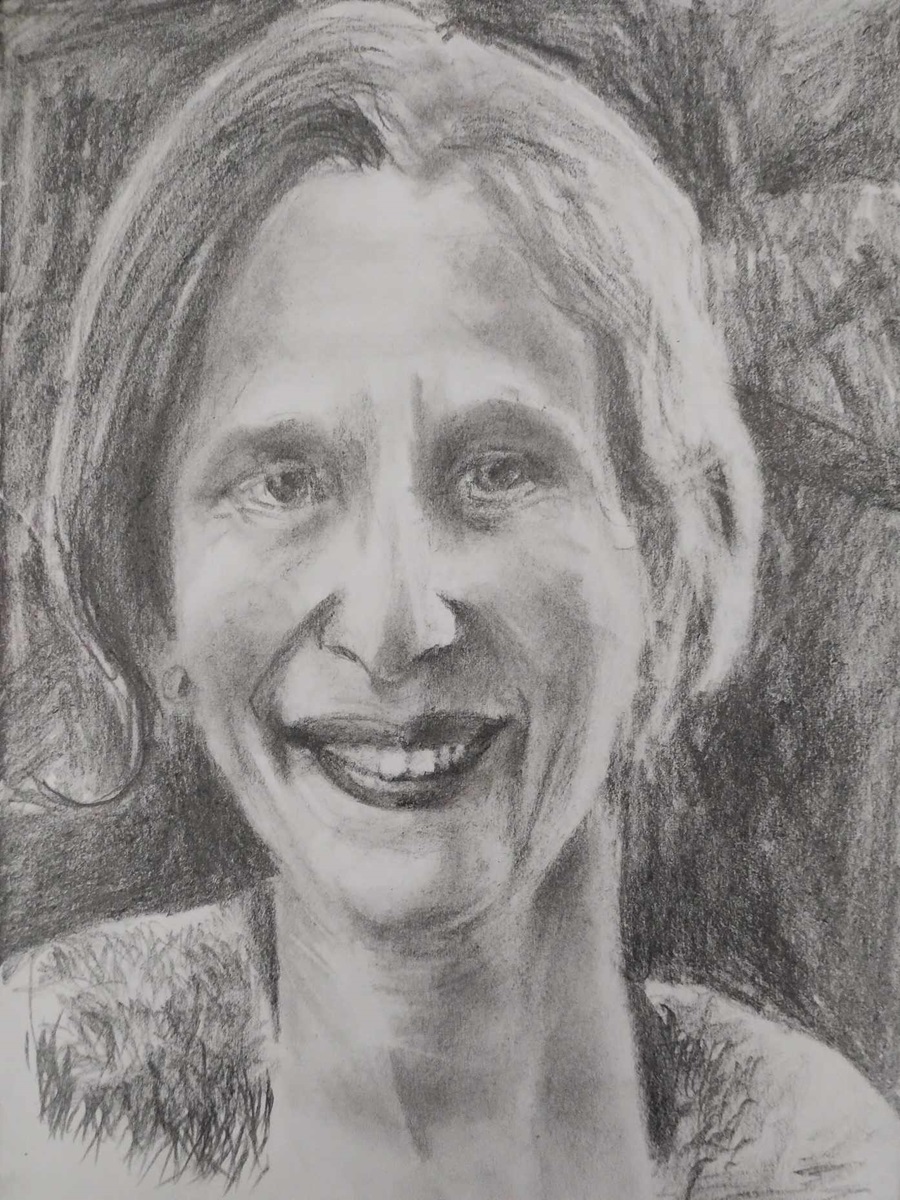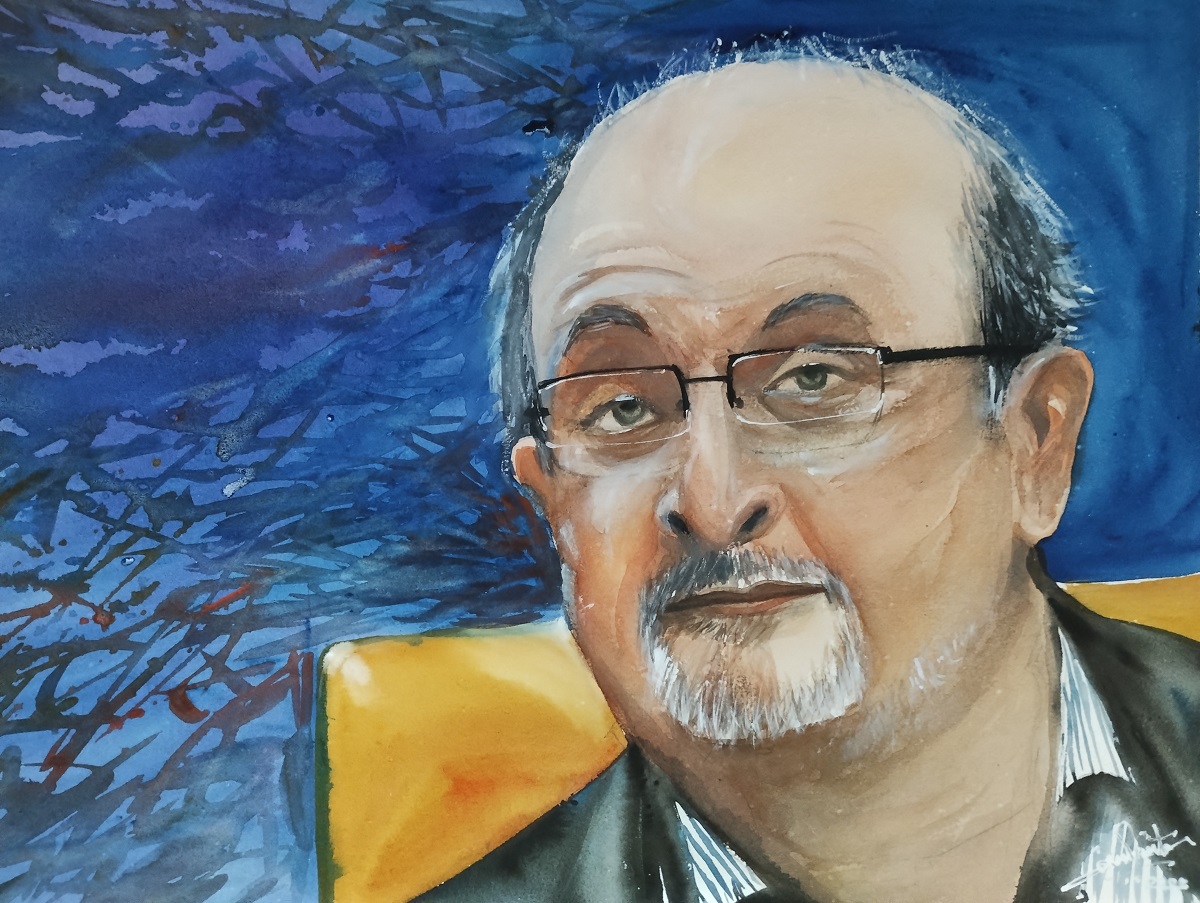For her meteoric rise to be a satisfying story the rags-to-riches-heroine needs to start from a position of complete destitution. Put her in a middle class home with its usual opportunities, joys, disappointments, and brushes with tragedy, and then even her rise to the presidency of the United States is immediately less interesting. This story arc can only be rescued from narrative indifference if she’s a colourful personality, someone perpetrating incredible hijinks, always getting into capers which strain our moral muscles but from which we come away with her stronger rather than broken. None of this true of the story of Indra K. Nooyi’s life; it has neither a rags to riches trajectory nor the emotional heft of a tale worth the telling. It is fitting that this stylized ledger of Nooyis deeds, personal and professional, is delivered in a monotone, grocery list, register. The troughs and peaks are equally unremarkable in the treatment they receive, and the ending is clear right at the start. Indra Nooyi was born, she worked hard, and with a little luck she succeeded.










